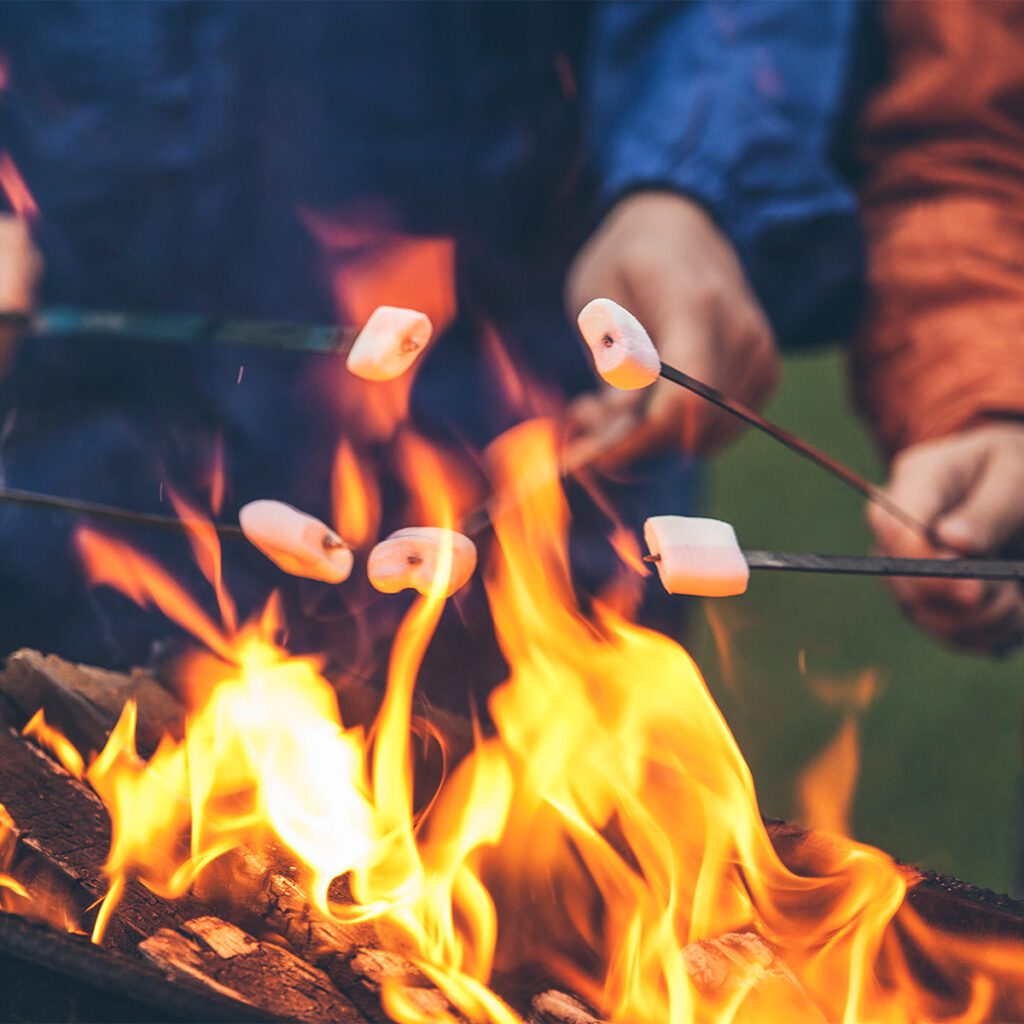Fire Tips 101
Nothing says winter like a cozy fire—as a source of both warmth and beauty, crackling flames are practical as well as pleasant. However, there are many questions to ask before kindling a fire inside or outside of your home. Should you use a fireplace or stove? Should you use wood or gas logs? And what about safety? What follows are tips and advice for having a fire inside or outside of your home this winter.
Deciding Which Technology is Best
When it comes to fires indoors, the latest options on the market use innovative technologies to burn traditional sources of fuel. New ways of using natural gas, propane, wood and biomass pellets can heat your home in a manner that is more efficient and eco-friendly. However, there are things to consider with each fuel type before making a final decision for your family.
Wood
Wood stoves are back in a big way. Cleaner for environments both inside and out, the newest wood stove designs offer burn times approaching 14 hours on a single load, and with no visible smoke from the chimney. Burning longer and cleaner than ever before, some generate as little as five percent of the emissions of stoves built in the 1970s and 1980s. And particularly with the storm damage of the last year, wood is practically free, plentiful and renewable.


Gas and Propane
New vent-free appliances (those that don’t require a chimney and use natural gas or propane) are considered to be up to 99.9 percent efficient and are great for room heating for short periods. But just like their wall heater predecessors, they are not recommended for whole home heating, even during an emergency. Direct- vent appliances (those that don’t require a chimney, but vent horizontally out a sidewall or through the roof) are the newest and most versatile gas fireplaces and heaters today. They are great for home heating, and the glass front keeps combustion by-products out of your house air. Although more expensive than just gas logs, they cause no heat loss from the home.
Biomass Pellets
Pellet stoves are a great alternative to gas. Using renewable sources of heat from scrap and recycled wood, these stoves burn clean and are easy to install. However, they require power to operate, so be aware of this if emergency heating is needed.
Heating Safety: Inside and Out
When it comes to fires both inside and outside, safety should never be taken lightly. Consider the following tips to prevent the discomforts and hazards that result from heating an area improperly.
Outdoor Fire Pits
- When using an outdoor fire pit, never put it under a roof of any kind. The roof may not light on fire the first time you burn, but rest assured—it will eventually. Plus, carbon monoxide can build up in the area.
- Wood burning fire pits should be in a yard more than 25 feet from the house. They should never be put on a wooden deck. The radiant heat from the bottom of the pit is enough to damage even the best of decks.
- Gas fire pits are generally fine for wooden decks, but consult the manufacturer’s manual to be sure.
- Remember to consider wind as well as necessary fuel supplies when thinking about purchasing a fire pit.
Gas Logs
- Gas logs need to be cleaned and serviced. Oddly, the service recommendation for gas logs isn’t based on usage, but time. Imagine a coffee table that hasn’t been dusted in 12 months. Gas logs will look just like that if unused for a long period of time, so remember to keep them cleaned and serviced.
- Keep the air clean. Fire uses air, so the cleaner the air, the cleaner the fire.
- Never use chemicals to clean gas logs—only a damp rag and a vacuum.
- Schedule someone to clean your logs early. Don’t wait until it’s cold to get service. Good companies backlog quickly.
- Just like with stoves, don’t overbuy heat capability. Buying a log set that will overheat the room will offer little enjoyment.
Wood Stoves
- Install wood stoves out of high traffic areas to reduce burn dangers.
- Understand that seasoning time for wood begins when it’s split, not just cut into lengths.
- Never burn scrap building lumber, especially any treated lumber. Older lumber is often treated with arsenic. Also, avoid trash and cardboard.
- Never buy a stove that is too big. A stove designed for 3,000 square feet might be OK for 2,200 square feet, but never 300 square feet! Think about the space you spend most of your time in— that’s how many square feet of heater to look for.
- Have the stove installed by an N.F.I. (National Fireplace Institute) certified professional. Fire safety is nothing to be taken on by a weekend warrior. Today’s stoves are heavy, and combustible clearances as little as 1 inch matter.

